The Mother Goddesses (or Đạo Mẫu) is one of the most popular folk religions in the north of Vietnam besides Buddhism and Christianity. The majority of Vietnamese people believe that four Mothers are representing four different regions of the world. Mothers protect the people from nature and wars, as well as love them unconditionally. Temporarily forget about the sound of the electronic guitar, and let the folk musical instruments from Vietnam lead you to a world of love and protection.
According to the belief of the Mother Goddesses, there is an earthly world and a world of spirits where the Goddesses are dwelling. There is a strong connection between these two worlds. Whenever people feel depressed or hopeless in, they will seek help from the Mother Goddesses through a ritual ceremony (in Vietnamese called Lên đồng or Hầu Thánh). There are no specific accounts about the creation of Mother Goddesses. Yet, some historians believe Mother Goddesses were common for the first time of prehistoric when people worshiped natural phenomena. Later on the definition has been extended toward people who worship not only nature but also the power of the unconditional love of Mothers. There are four palaces where the four Mother Goddesses dwelled. Vietnamese people call those places “Religion of the Four Palaces.” There is the Palace of Heaven, where the Mother of Heaven helps control rain and wind; the Palace of Earth, where the Mother of Earth provides food; the Palace of Upland Forests, where the Mother of Forests protects from wild animals and invaders; and the Palace of Water, where the Mother of Water has fresh holy water and provides another food source.
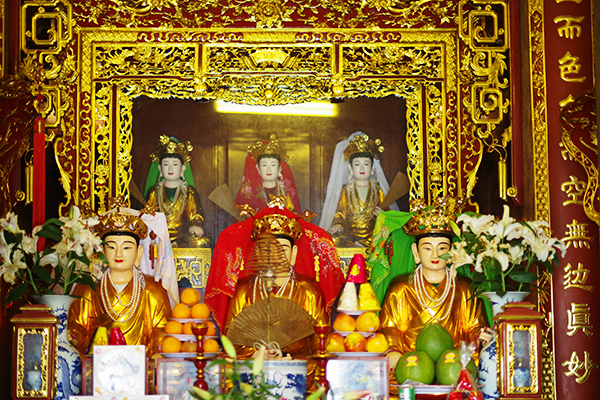
The practice of the Mother Goddesses is a performance of certain rituals that show gratefulness to the spirits. Each spirit represents one warrior during the wartime. Males warriors, as well as some female warriors, contributed both their hearts and souls to protect the countries, while other females delivered letters and parcels for the red cross from one military camp to the other. The practice of the Mother Goddesses happens in temples with the participation of a shaman (Cô đồng or Cậu đồng, in Vietnamese) and a band of folk musical instruments. The shaman, who is possessed by the spirits, has the most important role of the performance. They connect worshippers and spirits. It is quite similar to acting, but in a religious way. There are 72 characters in the performance of Mother Goddesses. Those characters could be Gods, Goddesses, Lords, or Warriors. The shaman will wear the signature clothes, and perform one by one until he or she performs all 72 warriors with the help of music. However, “not everyone can perform all 72 warriors,” said professors from Vietnamese Literature and Culture in Hanoi University. Some cultural anthropologists argue that it depends on how strong the connection between the shaman and the spirits is. Some shamans can only perform under the spirit of 10 warriors, but some can perform up to 30 or 36.
According to Vietnamese fashion designer, Hien Nguyen Duc, dresses in the religion of Mother Goddesses are gorgeous and designed meticulously. The most common patterns in those dresses are dragons for males and phoenix for females. Some dresses have other wild and powerful animals such as tigers or snakes; some have lotus flowers and colorful chrysanthemum. All of the patterns in a dress are sewed by artisans. Threads and needles used to design the holy dresses must be in the highest quality, and a large number of Vietnamese traditional artisans use gold sewing thread to bring the powerful and solemn to the owners. The interesting thing about the Mother Goddesses is that a shaman can be male or female – a male can wear female clothes, and vice versa. There is no gender distinction in this incredible religion. The shaman will honor the spirits and offer gifts to worshipers after a section of the performance. Those gifts represent fortunes.
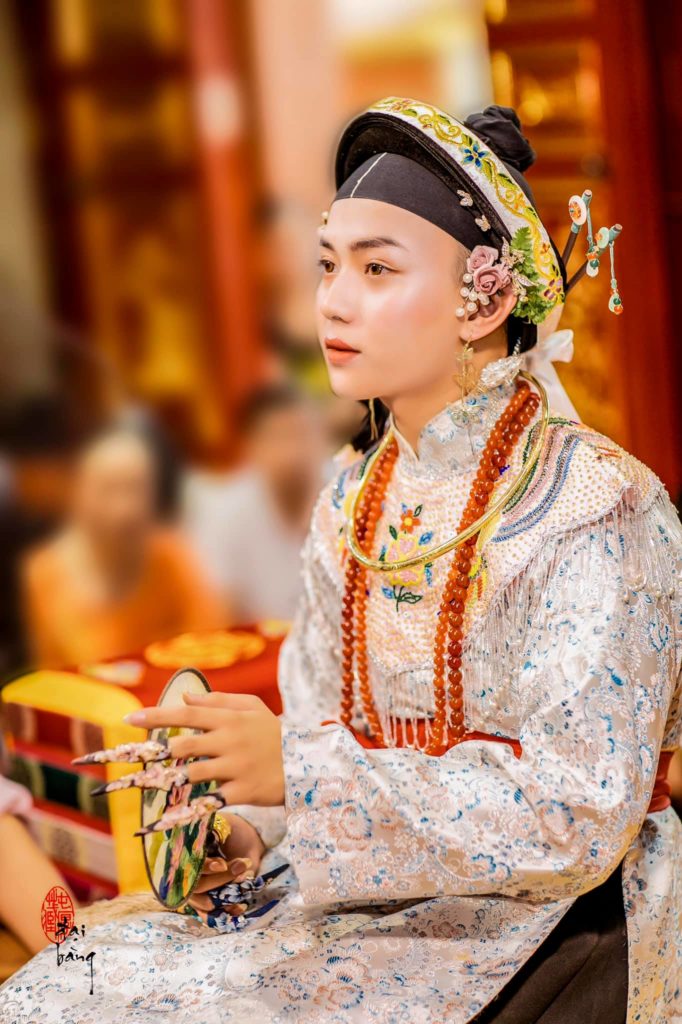
Media by Viet Quoc Hoang. 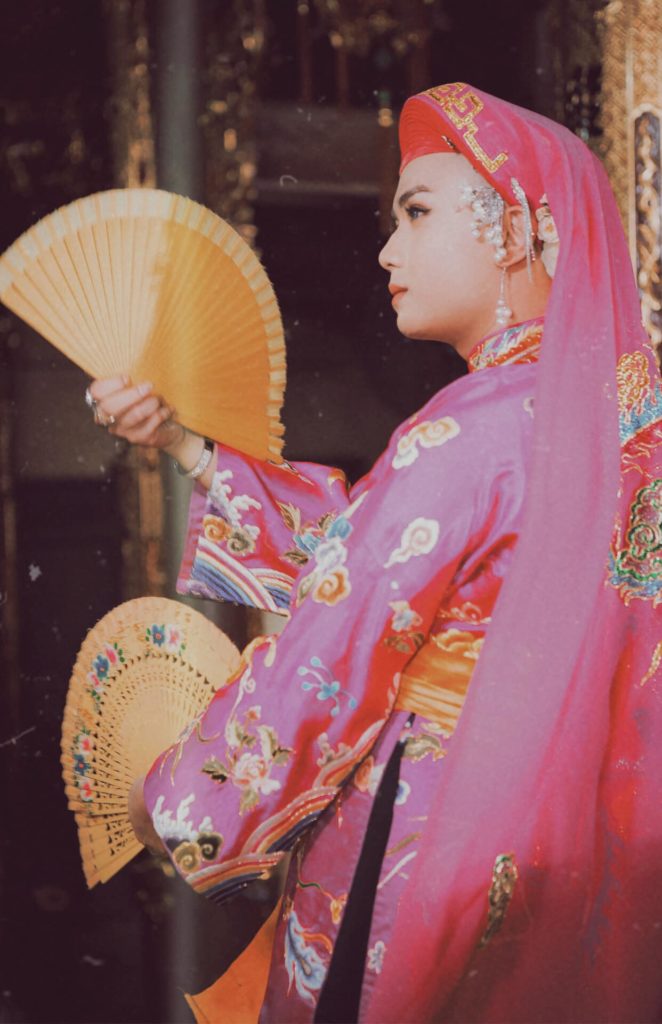
Media by Viet Quoc Hoang. 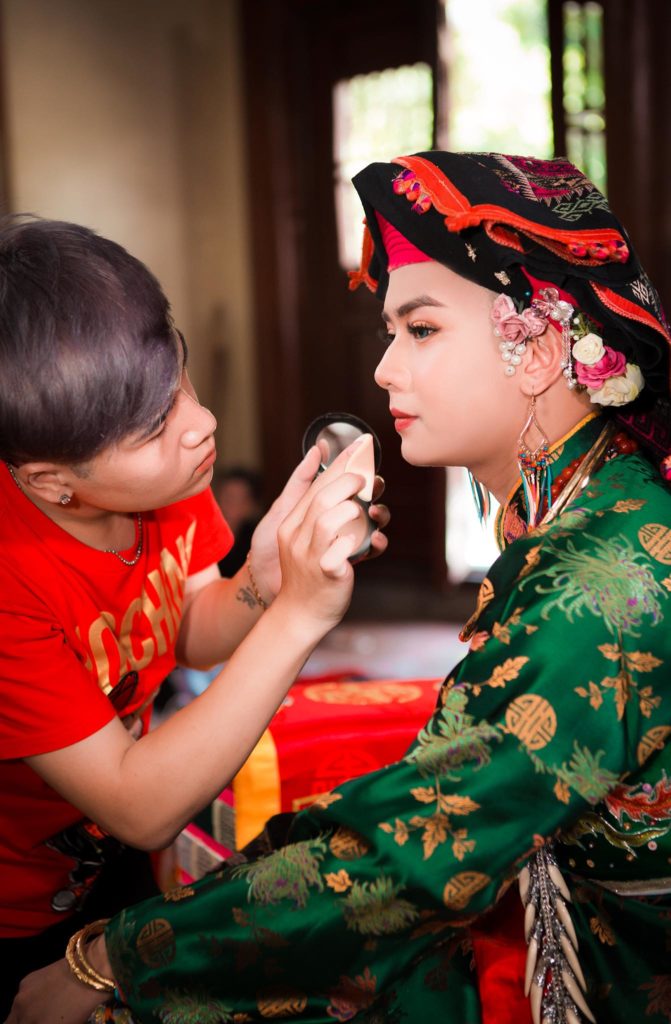
Media by Viet Quoc Hoang.
As presented above, the shaman will dance with the folk and traditional background music supported by the band. The band is the soul of the performance. A long time ago, the Vietnamese used musical instruments as tools to “build” the bridge between Gods and earthly people. There are 12 musical instruments used in a performance of Hầu Thánh which are đàn nguyệt, trống ban, phách, tiu cảnh, thanh la, trống cái, sáo (flute), đàn tranh, đàn nhị, kèn bầu, mõ, and đàn bầu. Each performance has a particular song. For instance, in the first performance, which is called “Mother of Heaven,” the shaman will wear a red turban (khăn xếp) with diamond brooches; a red dress with phoenix, and flowers. The song praises the role of the Mother in general and the abundance that Mother of Earth offers the people. Compared to the performance of Princess IX who wears a pink dress and pink turban, the song praises her for her magic. She is good at fan dancing, and her fan dancing is refreshing to people. The breeze from her fan can purify the greedy soul of people.
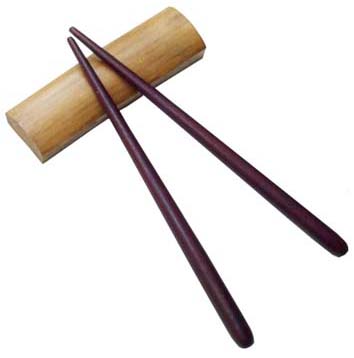
Phách. Media by Hồn Quê. 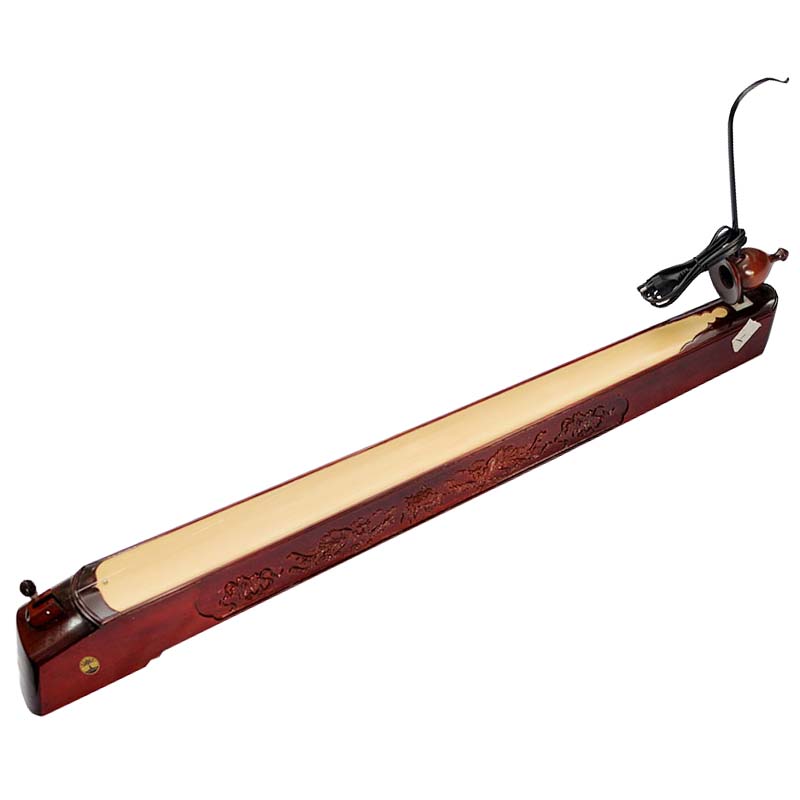
Đàn nguyệt. Media by Hồn Quê. 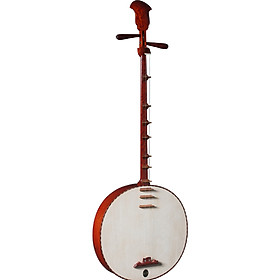
Đàn bầu. Media by Hồn Quê.
Shamans can practice Hầu đồng in four main periods of the year. The first period happens in January of the Lunar Calendar. During this period, shamans practice praying for the tranquility of over the year. The next period is in the summer, which is around March or April of the Lunar Calendar. Shamans will pray for the good weather as well as avoiding diseases. At the end of the summer, another ritual performance can be held to pray for peace and health. The last period is around the time of New Year Eve when the shaman will worship Gods, Goddesses, and Buddha for supporting people throughout the year.
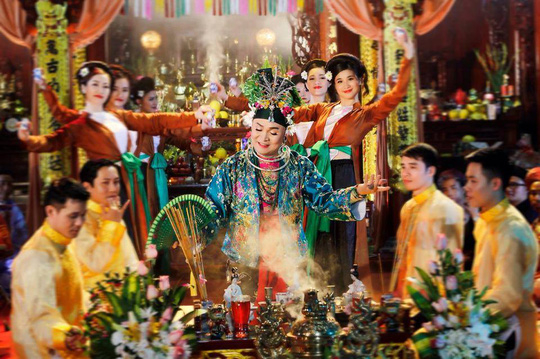
Ritual Performace. Media by Travel Sense Asia. 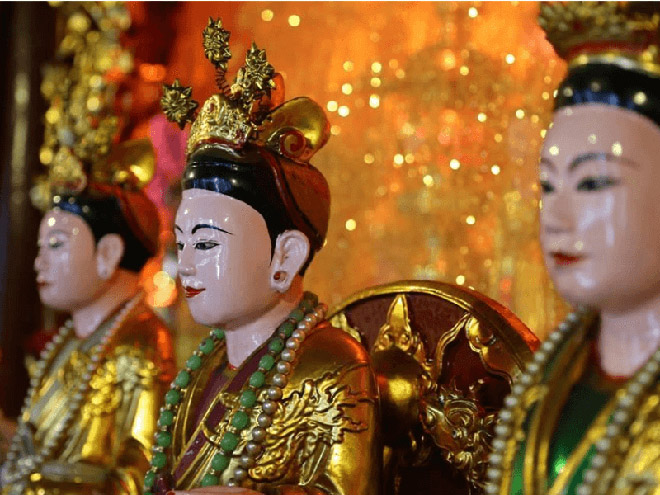
Statues of Mother Goddesses. Media by Travel Sense Asia.
Tourists can enter the ritual performances in every temple in the north of Vietnam. They are required to wear long pieces of clothes. Taking photos of the performance is allowed in the temples. Tourists might receive gifts from the shaman to get the fortune. Gifts could be fresh fruits, candies, or money in red envelopes.
Vietnamese people idolize the imagery of the Mother due to their love and protection. Mother Goddesses do not focus on the afterlife but concentrate on the present, which answers the question of how people can have a happy life.

























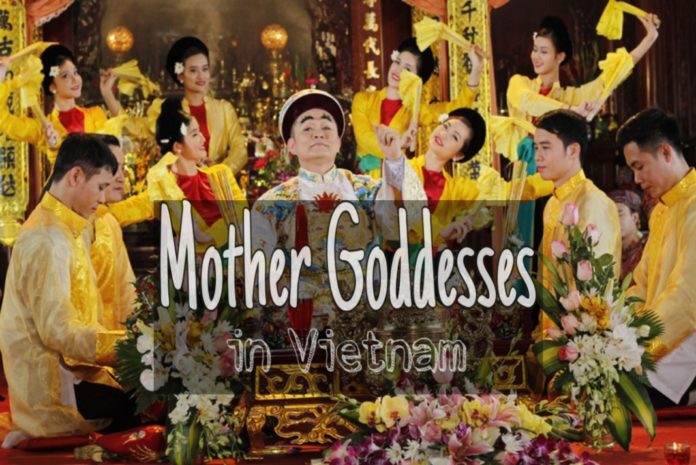



The melody of the song is incredible.
The harmony of the folk instruments is out of this world!